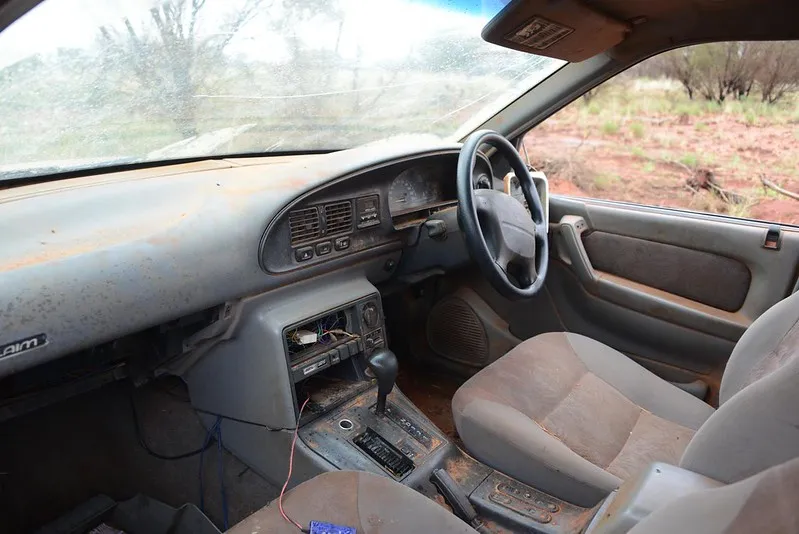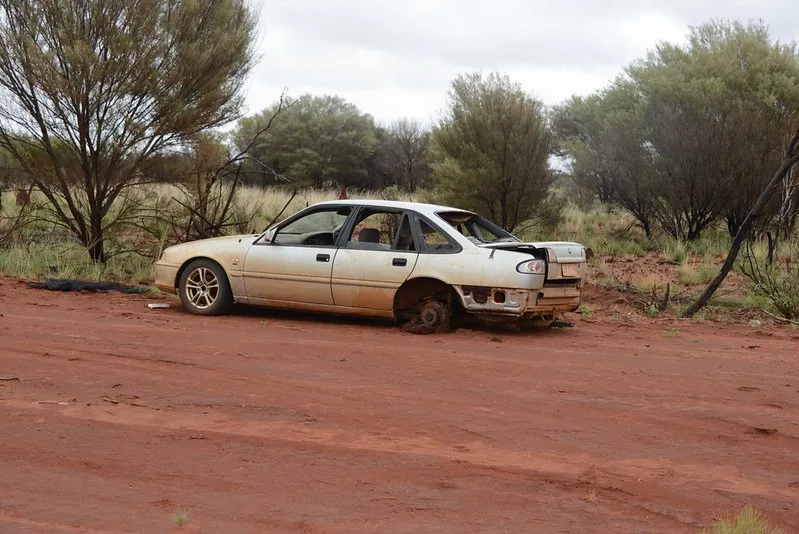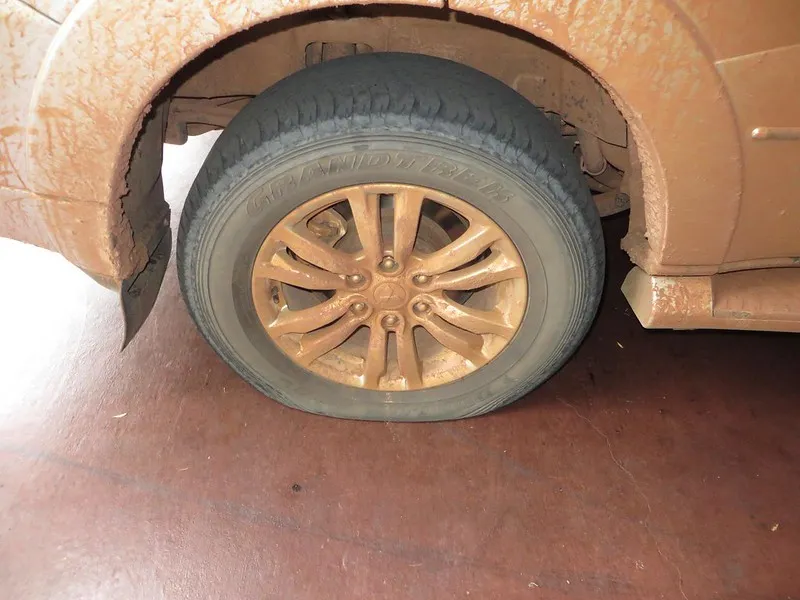Australian Outback Vehicle Wrecks and Abandoned on the Road Cars: A Guide to Surviving the Harsh Environment

The Australian Outback is a unique and fascinating landscape that attracts visitors from all over the world. The vast and rugged terrain offers a sense of adventure that few other destinations can match. However, with adventure comes risk, and driving on the outback’s remote roads can be a dangerous undertaking, as evidenced by the many vehicle wrecks and abandoned cars that litter the region.
Miffa Chan, as the great adventurer and explorer she is, has been there in several occasions and she has suffered numerous mechanical and weather related problems than, in some cases, put an halt in her expedition.
Let’s take a closer look at the dangers of the Australian outback, including vehicle wrecks and abandoned cars, and provide tips on how to stay safe and avoid these hazards.

Understanding the Dangers
The Australian outback is a harsh and unforgiving environment, with extreme temperatures, rugged terrain, and limited access to essential services. Driving on the outback’s remote roads can be a risky proposition, with treacherous conditions that can catch even the most experienced drivers off guard.

One of the most significant dangers facing drivers in the outback is the risk of vehicle wrecks. The region’s remote roads are often unpaved, poorly maintained, and subject to sudden changes in weather conditions, which can make driving hazardous. Even the most skilled drivers can be caught off guard by the unpredictable terrain, resulting in accidents that can be severe and potentially life-threatening.
Abandoned cars are another hazard that can be encountered when driving in the outback. Many people underestimate the harshness of the environment, and their vehicles can break down, leaving them stranded in the middle of nowhere. These abandoned cars can pose a significant danger to other drivers, as they may be parked in hazardous locations or obstructing the road.
Staying Safe on the Road

Despite the risks involved, it is still possible to explore the Australian outback safely, provided you take the necessary precautions. Here are some essential tips for staying safe on the road:
- Plan Your Route Carefully: Before setting out on your journey, take the time to plan your route carefully. Research the conditions of the roads you’ll be traveling on and identify any potential hazards, such as steep inclines or river crossings.
- Prepare Your Vehicle: Your vehicle is your lifeline in the outback, so it’s essential to ensure that it is in good condition before setting out. Check your tires, brakes, and suspension, and carry a spare tire, jack, and toolkit.
- Carry Plenty of Water: The Australian outback is notoriously hot and dry, so it’s crucial to carry plenty of water with you at all times. As a rule of thumb, you should aim to carry at least one gallon of water per person per day. This applies to any activity on desert areas.
- Stay Alert: When driving in the outback, it’s essential to stay alert and focused at all times. Watch out for other drivers, keep an eye out for abandoned cars and road hazards, and adjust your speed accordingly.
- Driving in the Australian outback can be challenging due to the remote location and harsh terrain. Here are some safety procedures to follow when driving in the Australian outback:
- Check the weather conditions before setting out and be prepared for sudden changes in weather.
- Carry a well-stocked emergency kit, including water, food, first aid supplies, and a satellite phone.
- Be aware of road trains, which are large trucks that can be up to 50 meters long.
- Be cautious when crossing creeks or rivers, as they may have hidden dangers such as submerged rocks or logs.
And above all there is no mobile signal and having a satellite phone is just not a feasible option for normal people, so go back in time and let social media, cloud, internet and all that silly millennial and tactile generation stuff and GET a radio, buy a new one, rent it or rent a car with one installed, of course learn the basics about how to use it
Father Bunny – 4wd certified instructor


